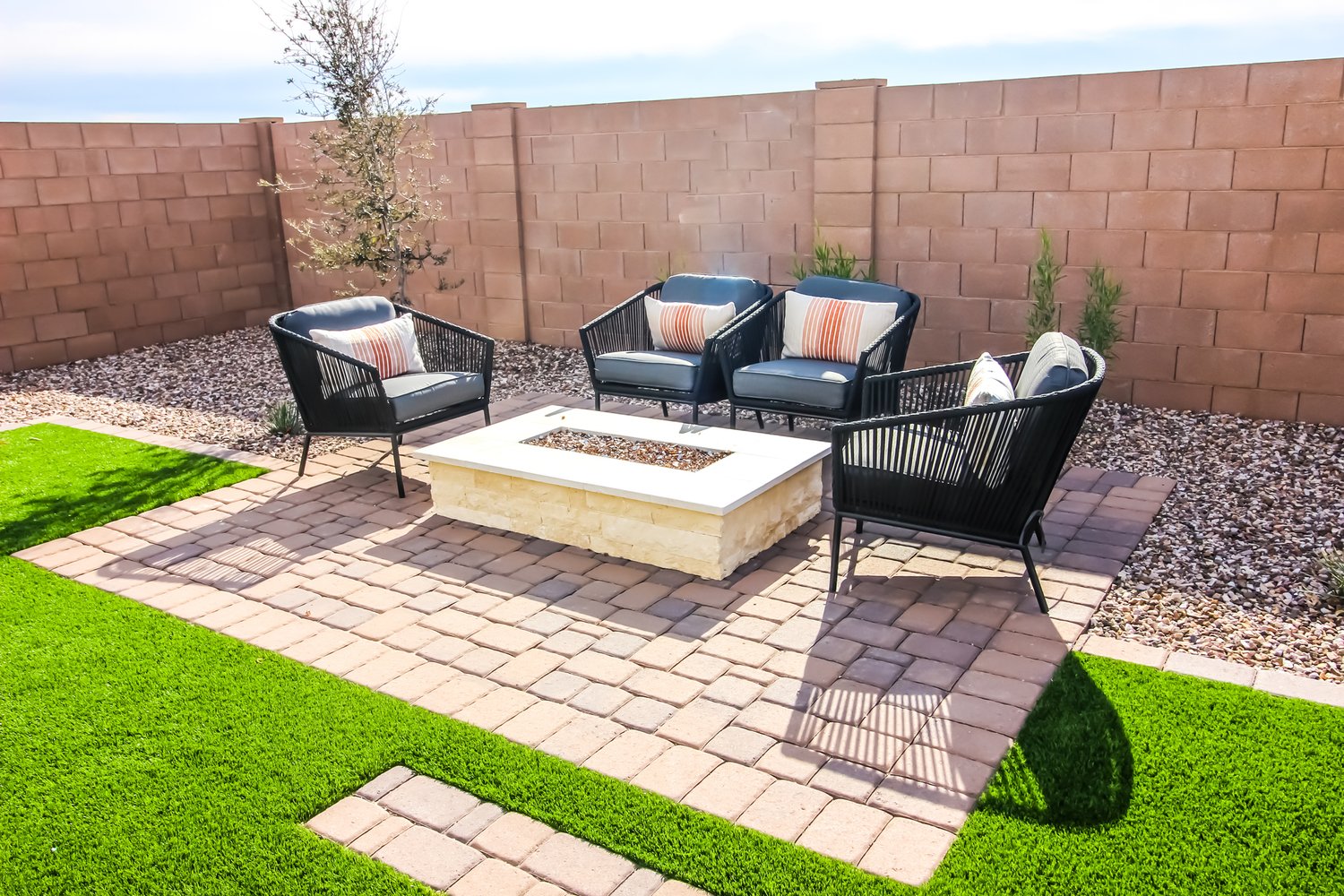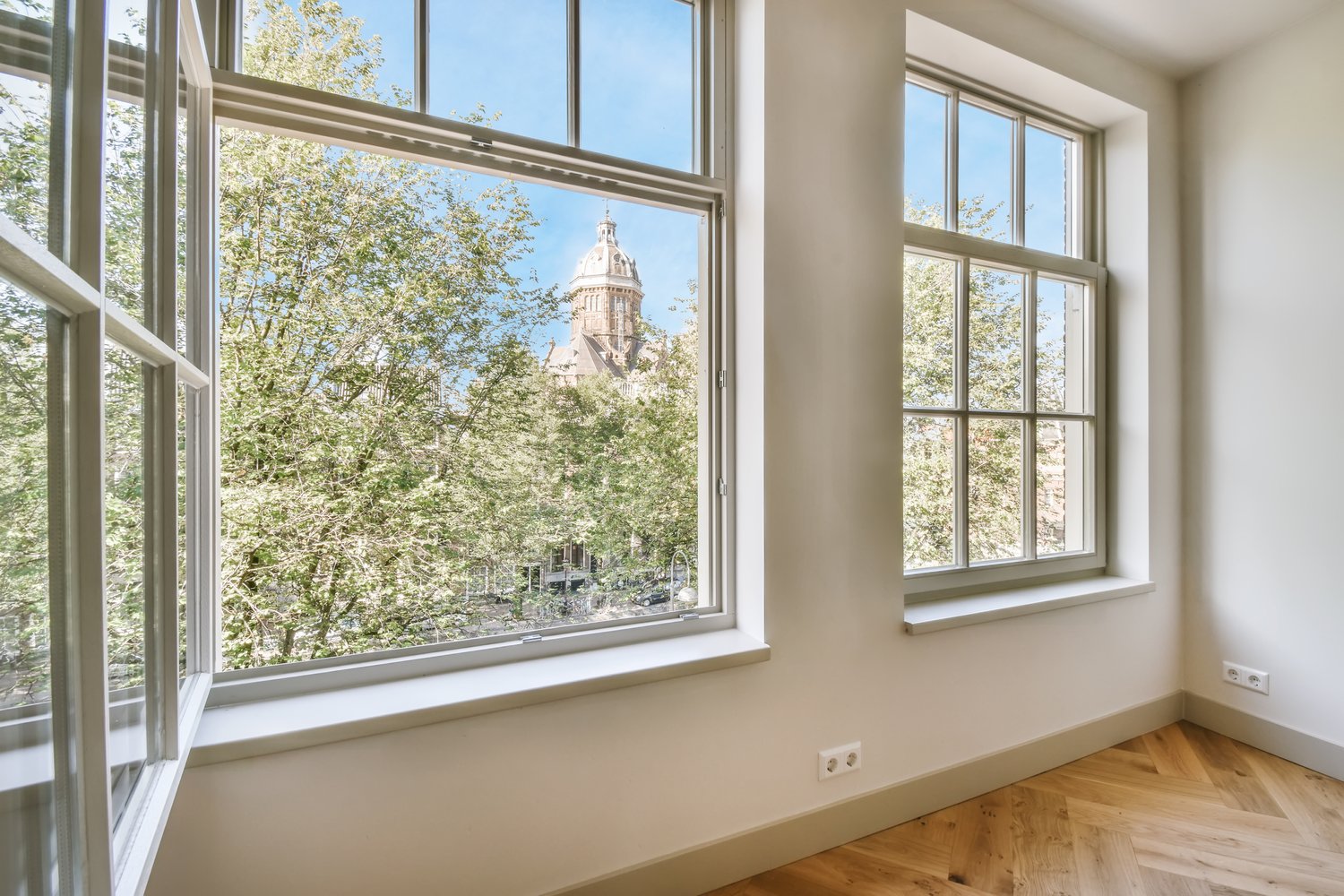Have you recently installed beautiful pavers only to discover an unsightly white, chalky substance forming on their surface? This powdery deposit is known as efflorescence, and it’s one of the most common new paver issues that homeowners encounter. While efflorescence may appear concerning, it’s actually a natural process that occurs in many concrete and masonry products. In this article, we’ll explain what causes efflorescence on pavers, how to effectively remove white stains from pavers, and steps you can take to prevent this phenomenon from recurring.
What Is Efflorescence?
Efflorescence is a natural chemical process that occurs when soluble salts and minerals within concrete pavers rise to the surface with moisture and then crystallize as the water evaporates. These minerals leave behind a white, powdery residue that can make your otherwise beautiful paver installation look aged and poorly maintained. The minerals typically come from the cement used in manufacturing the pavers, but they can also originate from the soil, sand, or gravel beneath your installation.
The good news is that efflorescence is primarily an aesthetic issue and doesn’t typically indicate structural problems with your pavers. However, the white stains can be quite noticeable, especially on darker colored pavers, making paver cleaning efflorescence a priority for many homeowners who want to maintain their property’s curb appeal.
Why Does Efflorescence Occur?
Understanding what causes efflorescence can help you prevent it. Three key factors must be present for efflorescence to form: soluble salts in the pavers or base materials, moisture to dissolve these salts, and a path for the salt solution to migrate to the surface.
Newly installed pavers are particularly susceptible to efflorescence because they contain higher levels of soluble salts that haven’t yet been leached out by exposure to the elements. Additionally, the construction process often introduces extra moisture into the system. Seasonal changes can also trigger efflorescence, with winter and spring typically being the worst seasons due to increased ground moisture and temperature fluctuations.
Improper drainage beneath your paver installation can exacerbate the problem by providing a constant source of moisture that continues to draw out salts. This is why proper installation with adequate drainage is crucial for minimizing efflorescence issues, as experts at AskHomey often emphasize when connecting homeowners with qualified paving contractors.
How to Remove Efflorescence from Pavers
If you’re dealing with efflorescence on your pavers, several effective removal methods exist. The simplest approach is to wait, as efflorescence often disappears naturally over time with normal weather exposure and foot traffic. However, if you’re eager to restore your pavers’ appearance more quickly, you can take more active measures.
For mild cases, start with a dry, stiff brush to sweep away the powdery residue. Follow this with a thorough rinse using a garden hose. Avoid using a pressure washer, as the high pressure can drive the dissolved salts deeper into the pavers, potentially causing more efflorescence later.
For more stubborn efflorescence, specially formulated cleaners designed for paver cleaning efflorescence are available at most hardware stores. These cleaners typically contain mild acids that dissolve the mineral deposits without damaging the pavers. Always follow the manufacturer’s instructions and test any cleaner on an inconspicuous area first to ensure it doesn’t discolor your pavers.
For severe cases, you might need to use a diluted solution of muriatic acid or phosphoric acid. These stronger solutions should be considered a last resort and handled with extreme caution, wearing appropriate protective gear including gloves, eye protection, and respiratory masks. The acid solution should be applied evenly, allowed to foam for a few minutes as it dissolves the mineral deposits, and then thoroughly rinsed away with clean water.
Preventing Future Efflorescence
After successfully removing white stains from pavers, you’ll want to take steps to prevent the issue from returning. One of the most effective preventative measures is applying a quality paver sealer. Sealers create a protective barrier that helps prevent moisture from entering the pavers and bringing dissolved salts to the surface.
Proper installation is another critical factor in preventing efflorescence. This includes creating adequate drainage beneath your pavers and using low-efflorescence materials when possible. If you’re planning a new paver installation, discuss efflorescence prevention with your contractor and consider selecting pavers that have been treated to reduce efflorescence potential.
Regular maintenance also plays a role in preventing severe efflorescence. Clean your pavers periodically and address any drainage issues in your hardscaping promptly. Repair any cracked or damaged pavers, as these can allow more moisture to enter the paving system and accelerate the efflorescence process.
When to Call a Professional
While many homeowners can successfully tackle efflorescence removal themselves, there are situations where professional help is warranted. If your DIY efforts haven’t yielded satisfactory results, if the efflorescence keeps returning despite your preventative measures, or if you’re dealing with extremely stubborn white stains that won’t budge with standard cleaning methods, it might be time to consult with a professional paver maintenance company.
Professionals have access to commercial-grade cleaners and sealers that may be more effective than consumer products. They also have the experience to identify whether your efflorescence issue might be related to larger problems, such as improper drainage or installation issues that need to be addressed.
For more tips and to connect with reliable home service professionals, follow AskHomey on Facebook and Instagram.



